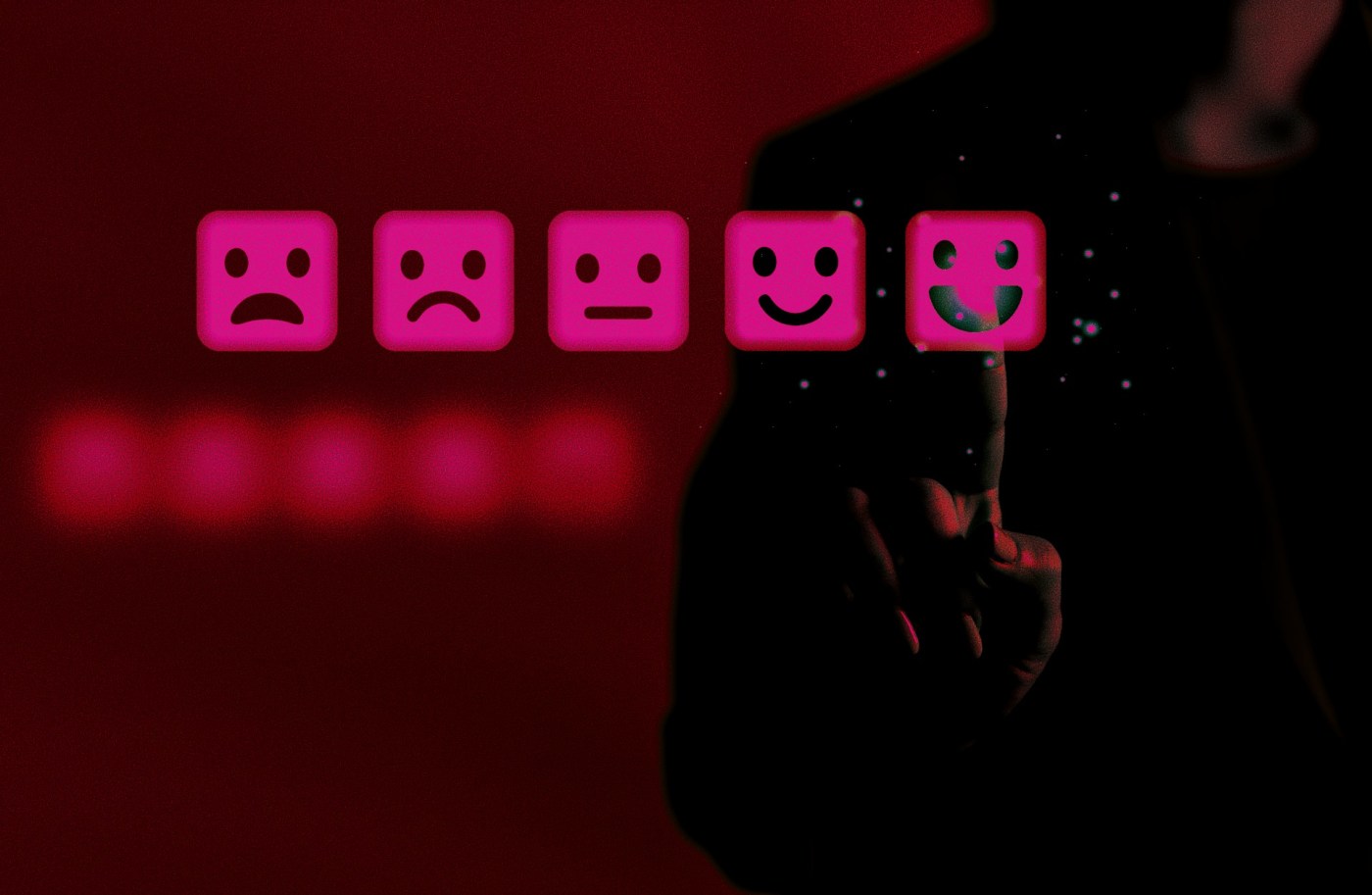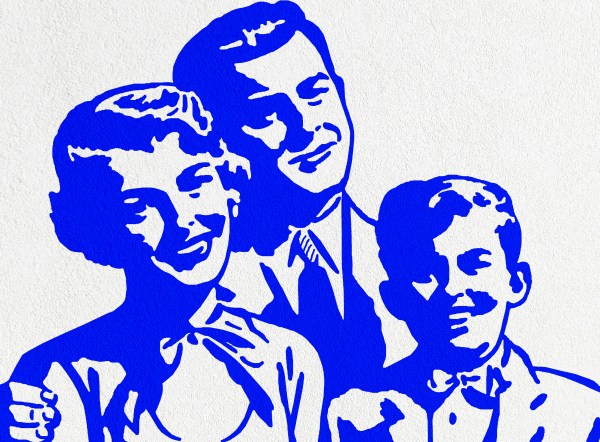On any given day, millions of Americans are subjected to poor customer service. You wait 15 minutes on hold and the line goes dead; a flight is delayed and no one bothers to explain or apologize; a hotel check-in agent can’t find your reservation and spends long minutes staring at the computer screen while you wonder what is going on; an appliance delivery results in a deep scratch in your newly finished floor and you are given a month-long run around by the company responsible. In addition, when there is a focus on the customer, more and more of it is automated; consider the steadily increasing substitution of chatbots and other automated functions for humans when trying to interact with a company.
These are “first world problems,” to be sure, so you turn the other cheek; after all, nobody died. Still, the majority of the roughly 275 million adults in the United States has had these kinds of negative experiences, and as they accumulate, beneath our let’s-just-get-on-with-it equanimity, a residue of distrust and even alienation, can keep building. These hidden injuries make us feel ignored, insulted, unseen; not unlike the feelings of many Americans today vis-a-vis government and other institutions. Indeed, in the fraught political climate in which we now live, these indignities amplify our general distrust.
There are of course companies that deliver good customer service (Amazon, the UPS Store, Trader Joe’s) but in general customer service is routinely bad. Why?
The growth of companies and their consequent distance from the customer is one of the reasons.
Many big companies voice a commitment to good customer service, and seem constantly to want “how’re we doing?” feedback. Still, large corporate size seems to breed distance from customers. If, for example, a company headquartered in Seattle or Atlanta has thousands of retail outlets or hotels under twenty different brands, or an airline with ten airport hubs operates more than 5,000 flights per day, and the person you reach with a question or a problem (if you’re lucky) might be in Manila or Hyderabad, India, it is easy to see why customers might feel that the company is a faraway abstraction. A company with 100,000 employees, of which tens of thousands are “customer-facing,” simply cannot guarantee that all these people will be competent, much less friendly. Friendliness, an ability to put oneself in another’s shoes, kindness, and patience are elements of character and personality. They cannot easily be taught. As for a large company’s frontline employees (who are usually the least well paid) they too are likely to feel distant from company management. For all the talk about corporate “culture,” fostering and maintaining it in a large company is a Sisyphean task. In a sense many companies, unwittingly, have become too big to care.
Corporate growth brought with it changes in the nature of management. In the first half of the 20th century, companies were often still identified with their founders. These people had a distinct vision for their company and its place in the world, a vision which created and reinforced a customer-centric corporate culture. Think of L.L. Bean and A.L. Neiman and Herbert Marcus. Equally important, these leaders did not move from company to company, they stuck around (n.b., Steve Jobs, Jeff Bezos, and Elon Musk are exceptions that prove the rule).
They also often practiced “management by walking around.” Ellsworth Milton Statler, the hotelier, would lie on a hotel room bed to test the mattress, call for room service, turn on the water in the bathroom, and walk the lobby to see how snappily the bellhops responded. Imagine a major airline CEO today sitting in row 38 in economy class to see how it feels to be a customer. Instead, today’s managers are rewarded for transactional achievements; completing a big project, negotiating a deal, finding new sources of revenue, and, above all, increasing shareholder value. They are not rewarded for making things easier for their customers. If the Chicago retail pioneer Marshall Field were around today, his famous motto “Give the lady what she wants” might now be “Give the lady only what we can get away with.”
Moreover, none of the iconic leaders of the past had MBAs. With the rise of the MBA, many of today’s managers are generic. They are not steeped in computers, airlines, hotels, groceries, but in management itself. If customer service is not top of mind for most modern managers, its absence should not be a surprise.
A foray into the world of business schools is revealing. Harvard Business School awarded its first MBA in 1908. It and other early 20th century MBA programs focused on management, accounting, labor relations, and marketing. Toward the last decades of the 20th century the curriculum shifted heavily to the “hard” skills of quantitative analysis; courses like “decision science” became central. Today, MBAs—who hold a significant percentage of leadership positions in Fortune 1000 companies—are now in effect business scientists.
At Harvard Business School, the core curriculum emphasizes:
Basic analytical skills and principles of corporate finance. Functions of modern capital markets and financial institutions. Standard techniques of analysis, including capital budgeting, discounted cash flow valuation, and risk analysis. Financial Reporting and Control (FRC) … Students will gain: An understanding of the concepts and language of accounting so it can be used as an effective tool for communication, monitoring, and resource allocation. Mastery of the vocabulary of financial statements and accounting reports. Familiarity with how modern accounting and control theory is used in evaluating economic conditions and making organizational decisions.
What’s missing here is a focus on the customer. Indeed, a perusal of other major American business schools (Stanford, Tuck, Kellogg, Wharton, Booth, Haas, Columbia, Sloan) reveals little emphasis on the “soft” skills related to good customer service and the hiring of the “right” people to face the customer.
And yet, there are hundreds of articles in business publications that talk about how important customer service is, and scores of books with multistep programs to improve a company’s customer service, with titles like Calming Upset Customers, Magnetic Service: Secrets for Creating Passionately Devoted Customers, and Would You Do That to Your Mother?: The ‘Make Mom Proud’ Standard for How to Treat Your Customers. Catchy titles and wise messages notwithstanding, virtually all the publications on the subject echo each other in their various recipes for good customer service.
If there are indeed executives who read these books and articles, their training, as well as the demands of the C-suite job, make it unlikely that they can put much of a focus on customer service. Indeed, it is significant that the encyclopedic Every Manager’s Desk Reference devotes 13 percent of its 1,176 pages to time and stress management.
French philosopher Simone Weil famously said, “Attention is the rarest and purest form of generosity.” Nothing succeeds in securing customers’ loyalty as much as paying attention to them in a personal way. The way to do that, especially when customers have a problem, is to have them deal with a person. Many companies today don’t seem to care about the importance of personal interaction in dealing with a complaint satisfactorily, and in retaining customer loyalty.
It is of course unrealistic to expect a return to an era when the majority of Americans lived in small towns and commerce was highly personal. Back then one gave one’s “custom” to the local store owner and both the buyer and the seller often knew each other by name. With urbanization, improved transportation, and overall economic growth, the customer and the company drifted apart, but there was still a significant residue of a relationship. Well into the beginning of the 21st century, one could at least count on speaking to a person when phoning a company. But in the last 20 years, that personal element has almost disappeared. After 15 minutes on hold and 12 different phone prompts (listen carefully as our menu options have changed; press one if …) when one actually reaches a human customer service representative, the attempt to create a sense of the personal (“How is your day going, Thomas?” “Who do I have the pleasure of speaking to today?”) falls flat.
In vast, noisy, cubicle-filled office spaces in call centers in the Philippines, India, and other countries, hundreds of young workers wearing headphones read a variety of scripts, dealing with airline reservations, hotel cancellations, product returns, alarm system problems, telecom issues, etc. They are hired for their English language skills and their ability to mimic American cheeriness. They are invariably polite, but the scripted nature of their responses and their frequent inability to deal with anything complex, gives them away. The call centers are 10,000 miles away; they are often subcontractors of the company you are trying to deal with. And we, the customers, get the message: the distant call center and the website “chatbot” are there to make things easier for the company, not the customer. Companies that outsource customer service are inadvertently admitting that they see customer service as relatively unimportant.
As management guru Peter Drucker once said, “Do what you do best and outsource the rest.” For him, the “best” meant the core of any business; the quality of its products or services, the integrity of its systems. As for “the rest,” these are basic (and usually repetitive) processes like payroll, bookkeeping, HR administration, and IT support, and they can and often should be outsourced. But along with these, most large corporations have also outsourced customer service, in effect removing it from where it really belongs, as the scores of books on the subject note: at the “core” of any business.
Finally, we as customers are part of the problem. Just as the family members of an alcoholic become numb to their relative’s alcoholism and in a sense enable it, so too are customers complicit in bad customer service. For one thing, we hardly ever complain—by one estimate, only 4 percent of aggrieved customers do so. The reality is that complaining takes time, effort, and psychic energy; complaining, either in person or via social media can involve a complex mix of feelings from embarrassment to the discomfort of confrontation. Instead, a kind of “I give up” response occurs, and we deliberately protect ourselves by becoming numb to whatever annoys us. Companies sense this and assume, often correctly, that we will continue buying from them.
Our passivity gives them license to do little to improve things, and when there are complaints, they respond only on a case-by-case basis, without seeing the occasional complaint as a prompt to look into patterns that may be systemic. They will grease the squeaky wheel (a $100 dollar gift certificate, or 3,000 hotel points) but won’t bother to fix the car. In the end most of us stick with the companies that routinely annoy us, not because we love them, but out of inertia and a kind of inchoate cost-benefit analysis: Switching banks or internet providers isn’t easy, and we put up with Amazon’s chipping away at us with more and more ads because their convenience outweighs other factors.
And since so few of us bother to voice our concerns, the company may assume that we remain loyal, and may even assume that we are happy customers. Meanwhile, underneath our passivity there is a layer of annoyance, and under that another layer—a feeling of being treated with disrespect, of being ignored, insulted, of not being “seen.” Such feelings cannot help but color our view of the world of commerce, not to mention the world around us. We remain for the present still willing, but more and more cynical, customers.
What is poignant in all this is that while companies become more and more sophisticated in their tactics and strategies, and business schools more and more scientistic, all in an effort to keep up with a fast-changing and complex world, human beings have not changed. We are still driven by hidden, often primal emotions, usually more so than by reason. As customers, what we want is really quite simple: to be treated with a modicum of decency and respect. Design technology to be a help rather than a hindrance. When a flight is delayed, explain why, when something goes wrong, apologize, and don’t make excuses. Yet this simple notion, the opposite of the rocket science that seems to dominate the modern corporation, seems to have been forgotten.
Unless the companies we deal with on a daily basis learn to find a better balance between technology and human interaction; unless they learn to see us more as long term assets and less as elements in a profit-loss equation; and finally unless we ourselves learn to give voice to our sense of isolation and disrespect, poor customer service will continue to plague us—and contribute to the erosion of public trust that seems at present to be our fate.






Please note that we at The Dispatch hold ourselves, our work, and our commenters to a higher standard than other places on the internet. We welcome comments that foster genuine debate or discussion—including comments critical of us or our work—but responses that include ad hominem attacks on fellow Dispatch members or are intended to stoke fear and anger may be moderated.
With your membership, you only have the ability to comment on The Morning Dispatch articles. Consider upgrading to join the conversation everywhere.